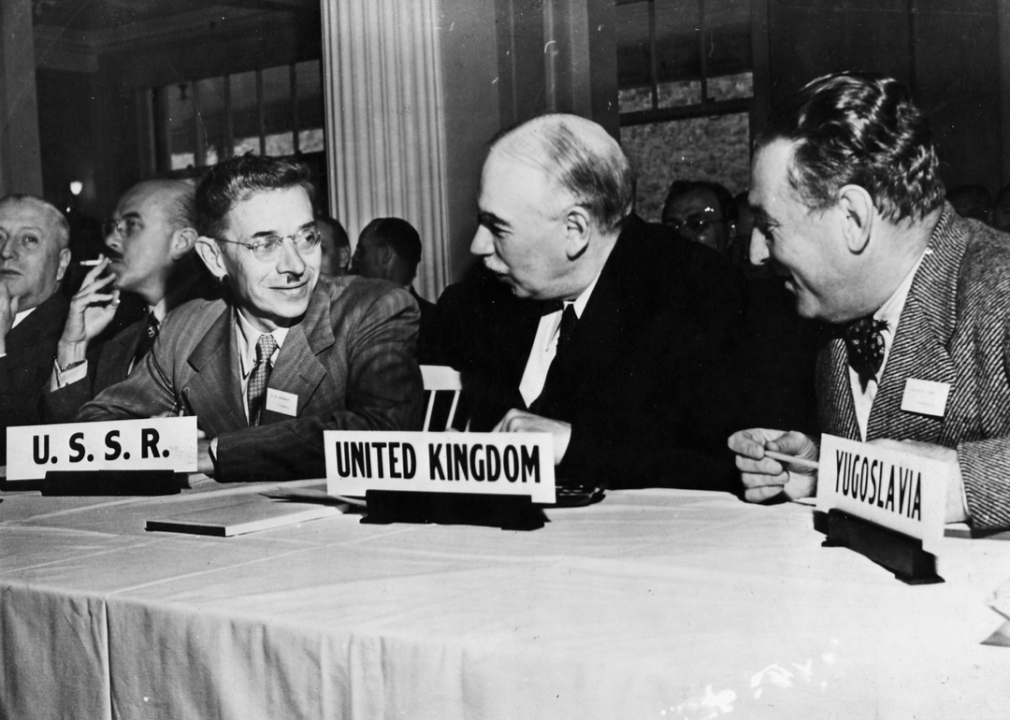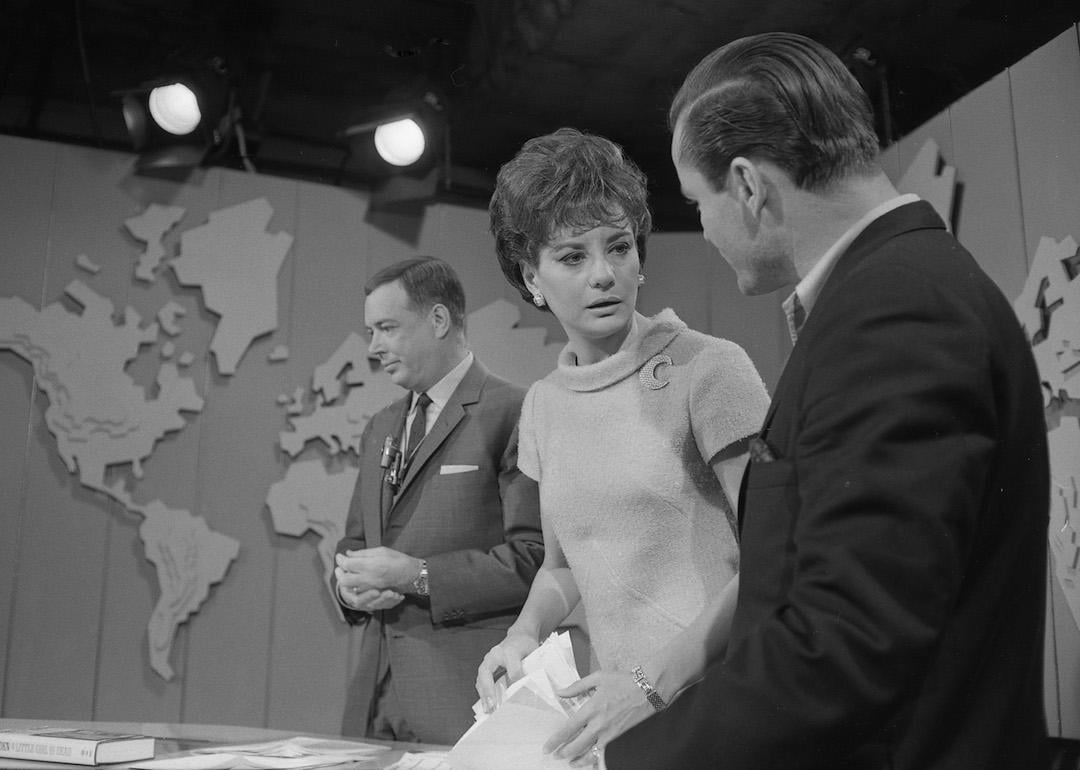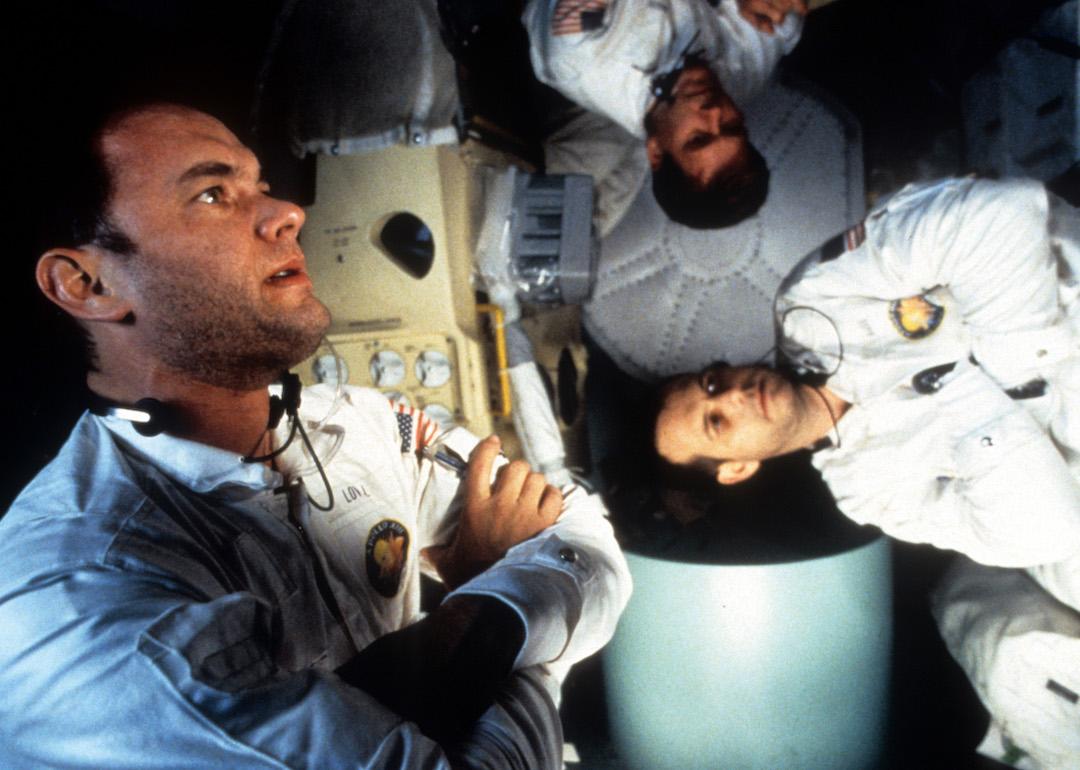
History of gold and which countries have the most
History of gold and which countries have the most
"The gold standard" describes the benchmark by which something is measured. It's the most reliable and definitive form of something. The phrase originates from the gold standard monetary system, whereby a country's currency has a direct connection to real gold. Have a bill? It would represent a physical amount of gold stored in a secure location in the Treasury's vaults.
Though the United States went off the gold standard in 1973, there's a reason the phrase remains a popular idiom. For much of history, gold has held significant and unique value. This immensely popular precious metal is famed for its rarity and beauty. Not only has it been used as currency, but it's commonly used in jewelry and other ornamentation. Though gold is the most malleable metal and never tarnishes, pure gold is one of the densest substances on the planet.
Perhaps, then, it's no surprise that gold reserves are still an influential and important way for nations to determine their economic worth. How has the status of gold changed throughout the years and which nations have the most? To answer those questions, this list comes in two parts.
First, a brief history of gold in the United States, from the time when the U.S. established this metal as currency to the Gold Rush and beyond.
Second, Stacker ranked which countries hold the most gold reserves. This list uses information from the International Monetary Fund, with the value of the gold estimated using the price of an ounce of gold as of Sept. 25, 2019. The gold reserves for each country were up-to-date as of July 2019, except China (which was updated in June 2019). All that glitters is not gold... but gold sure is nice.
You also may like: 100 iconic photos that capture 100 years of world history
1787: U.S. Constitution establishes gold and silver as legal tender
On Sept. 17, 1787, the United States Constitution was signed, establishing America's most fundamental laws and basic rights. Throughout history, there have been many ways of establishing monetary systems, from barter to coins. In the Constitution, the U.S. established that no states would coin money or emit bills of credit, and that silver and gold would be the standard for legal tender.
1792: U.S. fixes silver to gold ratio at 15:1
If gold and silver are your legal tender, then you have to come up with a set value for them and figure out which is more valuable than the other. In 1792, the U.S. fixed its price at 15:1. This means that one troy ounce—the long-used standard for measuring precious metals—of gold was worth 15 troy ounces of silver. Over the years, as this ratio has changed, precious metal investors have used it as a signal of when to buy.
1848: California Gold Rush starts
Eureka! In 1848, gold nuggets were foundin the Sacramento Valley of California. This changed the lives of thousands of gold miners who traveled from all over the country to seek their fortunes on the West Coast. Though they were called the 49ers, the Gold Rush actually peaked in 1852. These miners found $2 billion worth of precious metal and changed the landscape and cultural makeup of the state and the nation forever.
1871: U.S. abandons bimetallism and starts gold standard
Beginning in the 1870s, nations around the world began moving to the gold standard, fixing their currency only on gold and standardizing worldwide trade. Germany moved over to the gold standard in 1872, which quickly pushed other European countries to join it. In the United States, the movement to forsake silver and stick with gold began in 1871, though those efforts would not culminate until almost 30 years later.
1896: Famous "Cross of Gold" speech
Congressman William Jennings Bryan delivered one of the most famous speeches in U.S. history at the 1896 Democratic National Convention. He spoke against the gold standard, endorsing the free coinage of silver at an inflated rate, which would increase the amount of money in circulation. The speech concluded with the lines, “Having behind us the commercial interests and the laboring interests and all the toiling masses, we shall answer their demands for a gold standard by saying to them, you shall not press down upon the brow of labor this crown of thorns. You shall not crucify mankind upon a cross of gold.” It apparently drove the crowd into such excitement that people shouted, waved their hats, and even threw coats in the air. The next day, Bryan became a Democratic nominee for president.
1900: Gold Standard Act
Bryan's efforts ultimately failed: In 1900, President William McKinley signed the Gold Standard Act. This established the gold standard in the United States and set the value of one ounce of gold at $20.67—almost $600 in today's currency.
1913: Federal Reserve Act
The Federal Reserve Act is one of the most influential laws in American history. This legislation—signed by President Woodrow Wilson—established the Federal Reserve System, which has the power to print money, adjust funds, and buy or sell bonds, notes, and bills. This has immense power over available interest rates and credits in the U.S., which is essential for the banking system.
1933: U.S. citizens banned from owning gold
When Franklin D. Roosevelt became president, he aimed to end the economic depression. The problem? There wasn't enough gold in the Treasury to print more bills, increase spending, and stimulate the economy. In this pursuit, he banned citizens from owning gold. Citizens were required to turn in their metals for $20.67 per troy ounce. Unfortunately, the plan did not seem to end the Great Depression, which lasted until 1939.
1944: Bretton Woods Agreement
Amid World War II, 44 Allied countries gathered to establish a way forward for the international economic system and a way to rebuild after the war. The Bretton Woods Agreement linked currency to the price of gold, established the U.S. dollar as the formal reserve currency for foreign countries, and created the International Monetary Fund. It lasted until 1973 when the U.S. formally ended the gold standard.
1973: U.S. officially ends gold standard
President Richard Nixon formally did away with the gold standard system and ended the Bretton Woods Agreement. Until the 1970s, the U.S. let foreign governments exchange their reserve American dollars for real gold. Nixon ended it to stop foreigners from picking away the country's gold reserves. Decades later, people still debate about whether that decision has forever made the economy more precarious and unstable.
2019: Governments still hold massive gold reserves
Though the gold standard is a thing of the past, governments around the world still hold on to gold reserves. Think of it as a backup should monetary systems fail. Some countries also liquidate their gold to pay off debts.
Read on to find out which countries have the most locked away in their vaults.
#20. Austria
- Official gold reserves: 9 million troy ounces
- Total value (priced at $1,506/oz): $13.6 billion
#19. Spain
- Official gold reserves: 9.1 million troy ounces
- Total value (priced at $1,506/oz): $13.6 billion
#18. Lebanon
- Official gold reserves: 9.2 million troy ounces
- Total value (priced at $1,506/oz): $13.9 billion
#17. United Kingdom
- Official gold reserves: 10 million troy ounces
- Total value (priced at $1,506/oz): $15 billion
#16. Saudi Arabia
- Official gold reserves: 10.4 million troy ounces
- Total value (priced at $1,506/oz): $15.6 billion
#15. Uzbekistan
- Official gold reserves: 10.5 million troy ounces
- Total value (priced at $1,506/oz): $15.9 billion
#14. Kazakhstan
- Official gold reserves: 12.2 million troy ounces
- Total value (priced at $1,506/oz): $18.4 billion
#13. Portugal
- Official gold reserves: 12.3 million troy ounces
- Total value (priced at $1,506/oz): $18.5 billion
#12. Taiwan
- Official gold reserves: 13.6 million troy ounces
- Total value (priced at $1,506/oz): $20.5 billion
#11. Turkey
- Official gold reserves: 16.4 million troy ounces
- Total value (priced at $1,506/oz): $24.7 billion
#10. Netherlands
- Official gold reserves: 19.7 million troy ounces
- Total value (priced at $1,506/oz): $29.7 billion
#9. India
- Official gold reserves: 19.9 million troy ounces
- Total value (priced at $1,506/oz): $29.9 billion
#8. Japan
- Official gold reserves: 24.6 million troy ounces
- Total value (priced at $1,506/oz): $37 billion
#7. Switzerland
- Official gold reserves: 33.4 million troy ounces
- Total value (priced at $1,506/oz): $50.4 billion
#6. China
- Official gold reserves: 61.9 million troy ounces
- Total value (priced at $1,506/oz): $93.3 billion
#5. Russia
- Official gold reserves: 71.4 million troy ounces
- Total value (priced at $1,506/oz): $107.5 billion
#4. France
- Official gold reserves: 78.3 million troy ounces
- Total value (priced at $1,506/oz): $117.9 billion
#3. Italy
- Official gold reserves: 78.8 million troy ounces
- Total value (priced at $1,506/oz): $118.7 billion
#2. Germany
- Official gold reserves: 108.3 million troy ounces
- Total value (priced at $1,506/oz): $163 billion
#1. United States
- Official gold reserves: 261.5 million troy ounces
- Total value (priced at $1,506/oz): $393.8 billion
You also may like: How the richest person in every state made their fortune



